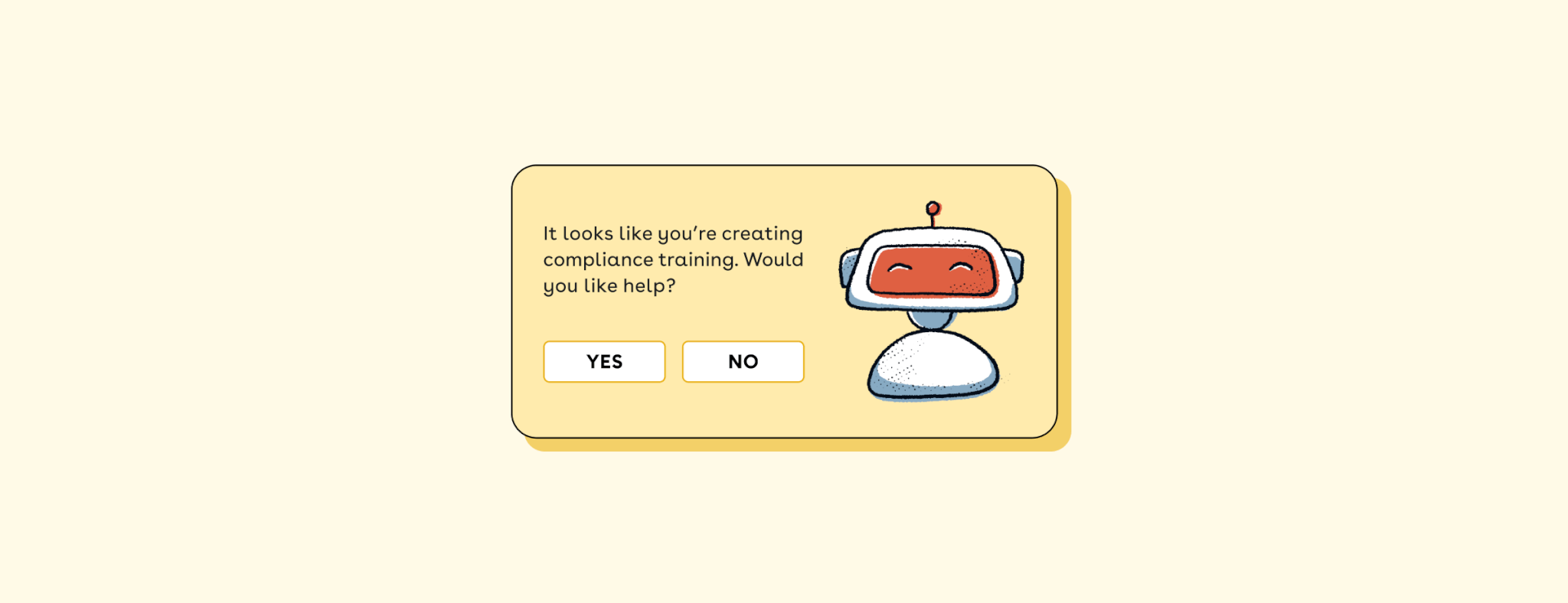2022 was a tough year. With an economic downturn and a real risk of a recession on the horizon, companies have been buckling down on their spending. As we head into 2023, this doesn’t look to be changing any time soon. Companies are cutting headcounts and tightening budgets.
And that’s no different in the world of HR.
So how can HR teams continue to prioritize and chase after strategic initiatives with real impact — even when their teams remain teeny tiny (or — in some cases — have been cut down to a teeny tiny size), and their budgets have gotten smaller?
Below are 4 strategies for my HR folks to do more with less
1. Distribute the load of the People function
This can feel scary. Most HR professionals are used to being the go-to person for all People-related issues. Maybe it comes from a place of tying your value into the 1:1 people support you offer. Maybe it comes from a place of fear: Will the manager handle this poorly if I’m not there to guide them through the process?
But the reality is: You’re doing yourself and the entire company a disservice by continuing to try and own all the People functions on your own. Not only will you burn yourself out, you’ll also take away from time that could be better spent on other initiatives — projects that truly only you could tackle.
So take an inventory of all the work you do on a day-to-day basis and explore which of those tasks you could instead outsource to others across the company.
- Train managers on how to navigate critical topics like: solution-oriented coaching, DEI, and compensation
- Train employees on how to resolve conflict on their own and deliver kind, but effective feedback
- Create FAQs for employees to lean on rather than having to go to you to answer questions each time for common topics like: payroll, benefits, PTO, offsite expectations, etc
2. Give employees greater ownership over their own engagement
As much as we’d like to believe otherwise, the reality is: we can’t know what every employee wants. And no one event is going to engage employees in the ways they want to engage.
Instead, empower employees to drive and shape their engagement. Encourage them to be part of the solution.
This could take many forms. Some examples include encouraging employees to:
- Start an employee resource group (ERG)
- Create a Slack channel where employees can flag and spread awareness of critical topics that matter to them (i.e. Disability Awareness Month, Trans Visibility Week, etc)
- Create an employee-run, recurring happy hour event
- Create a budget for team celebrations
At Ethena, we allow all employees to expense up to $100/month on hanging out with other Ethenians in person. There’s no approval process, and we’re not overly prescriptive with how employees can spend their funds as long as they’re spending it in pursuit of socializing with other Ethena employees.
By empowering them with the means to coordinate these events themselves, we:
- Save time — No People representatives are required to coordinate
- Higher impact events — Employees enjoy these events more because they get to choose for themselves what they want to do and when they want to do it
- Valuable insights — I’ve learned a ton by just observing what kinds of events our employees have put together, from canoeing to Broadway plays to tapas and more
- Team mindset — Employees embrace a shared responsibility for their own engagement and happiness at work; they understand that they need to be part of the solution and appreciate that we have empowered them to do so
3. Leverage existing resources and focus on output, not input
We’ve all been there. We’ve been tasked with a high-priority project with the potential for major impact. The stakes feel high, so we think: OK. I guess this is going to take up the rest of my quarter.
The reality, however, is that chances are high that someone else has already tackled this project for you and shared that information publicly. Why start from scratch when you could lean on existing resources?
Examples of how this could look in practice:
- Instead of creating a manager training on effective feedback from scratch, have your managers read an article on effective feedback ahead of time and spend the live session discussing thoughts and questions, breaking your managers up into peer coaching groups, etc.
- Instead of creating a dating policy from scratch, lean on a template other companies have already put out in the world. Here’s a link to ours.
- Instead of putting out an overly long engagement survey, task all managers with asking a specific pulse check question of their direct reports during their next 1:1 and have them report back with any significant findings.
4. Train your team to be full-cycle
There is a higher demand for hybrid roles, HR tech stacks, and other initiatives. If you have specialized recruiters, start bringing them into other People-adjacent projects. If you’ve got a Payroll and Benefits Specialist, start pulling them into company events. The point is to make sure that in an economic downturn when budgets are tight and there’s no room for a higher additional headcount, those employees are able to step in to fill in the gaps in other areas of the People function.
Audit your HR tech stack. What vendors are you partnering with? Are you leveraging them effectively? Could they be used to tackle multiple efforts? If not, can you find a vendor that does?
Our Ethena compliance trainings, for example, don’t just tackle the bare minimum requirements of the law. They also offer culture-building guidance, pro tips for managers and employees navigating difficult situations, survey data, and more.
In an ideal world, we’d never have tighter budgets or fewer resources. But this is 2023, and we have to work with the resources we currently have. We still have employees and organizations to run, and I hope this resource helped give you some fresh ideas on how to make the most of what you have.
Perhaps another tip isn’t necessarily more resources and budget, but more time. Check out my post on 7 asynchronous work techniques that changed my life forever to see if there are more efficient ways to keep the calendar clutter at bay for you and your team. Hit me up on LinkedIn with additional tips if you have any!
—-
Ethena is a modern compliance training platform that delivers current, cringe-free content that employees actually enjoy. Request a sample course to see for yourself! If you’re ready to bring complex issues to life through thoughtful real-world examples, dynamic multimedia, and actionable next steps, let’s talk to see if Ethena is right for your company.









